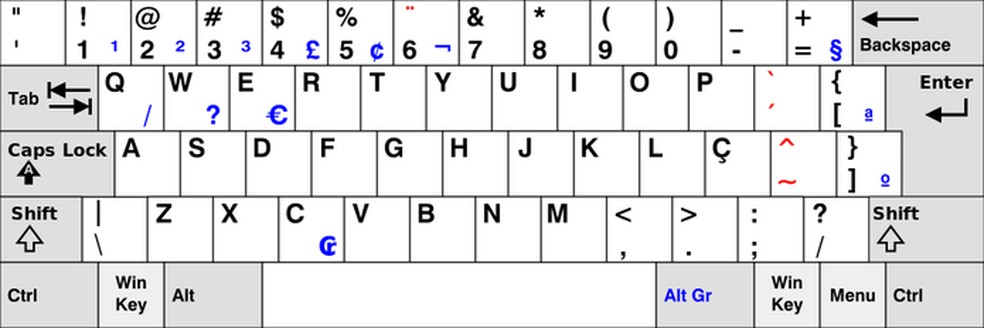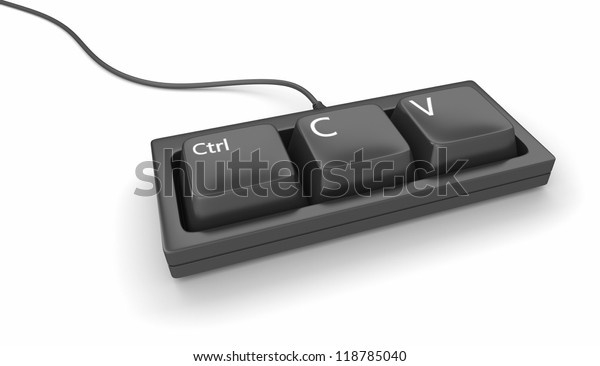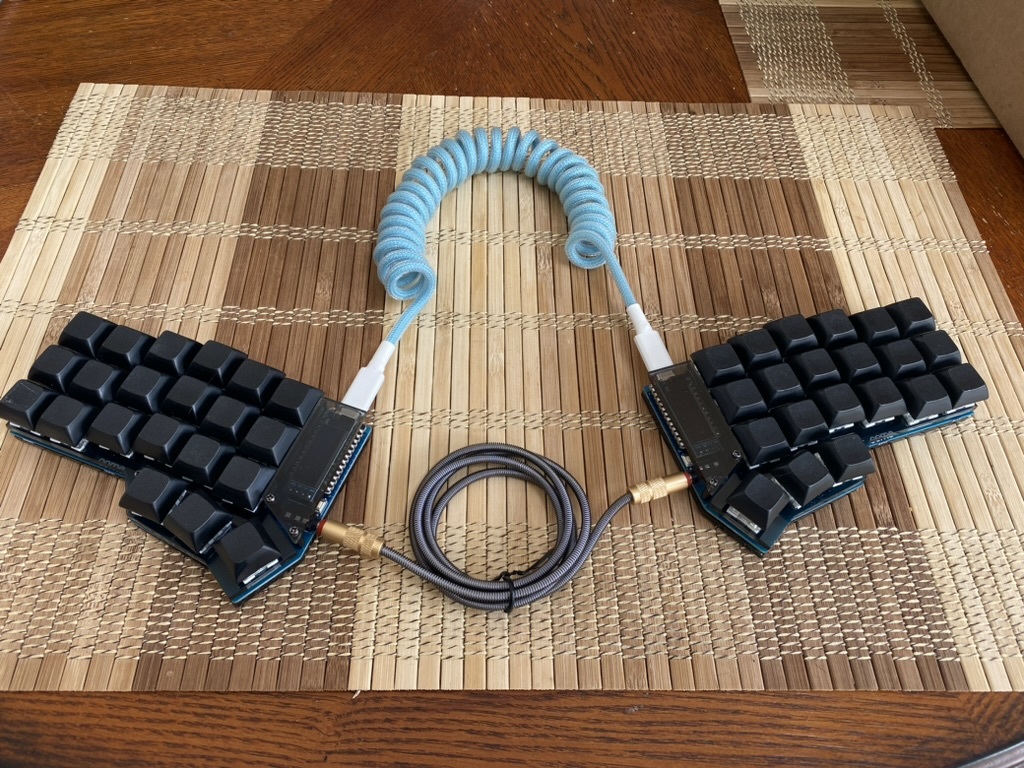I’ve used a US-QWERTY keyboard layout my entire life. I’ve seen other layouts that do things like reduce the size of the enter/backspace keys, move the pipe operator (|) and can’t wrap my head around how I would code on those.
What are your experiences? Are there any layouts that you prefer for coding over US English? Are there any symbols that you have a hard time reaching ($ for example)?

Never used a US keyboard in my life. Why would you think US keyboard is the norm?

Always used it. You have instant semicolon instead of Ä, which you don’t use when coding, and brackets and curlies are a breeze, the comfort is well worth it

That comfort exists on other keyboards as well
There are like thousands of different keyboard layouts, and you can be certain there will be one that is more comfortable than the US for programming.
Colemak is considered the best for programming.

I use the UK layout, because I am British. Why would I use the US layout?

Average American trying to comprehend that people from other countries exist

A lot of us don’t live in the US to begin with, so I assume a significant portion of us just use whatever the local standard is. That’s where I’ve been at so far, the Brazilian layout is a QWERTY variant so not that different. It does make some things more awkward, but you get used to what you have to work with.

Brackets and curly braces are less convenient off the top of my head, backticks too. Vim is a tad less ergonomic without some extra fiddling, for instance. In fact, I’ve been considering getting a US keyboard for coding to make that kinda thing less of an issue, US international makes accents and whatnot accessible enough that I think I could make it work.

If you’re cheap like me, just change the keyboard layout on the software side and instead of looking at the now incorrect key caps, look at the American keyboard layout image on Wikipedia instead. It doesn’t take long to relearn the few differences. And the parentheses are more ergonomic on the us keyboard layout IMO.
Edit: compared to the German layout. Brazilian looks ergonomic enough for programming without having to switch.

They told me not to reinvent the wheel, so all I need to program is this:


I program with the italian layout and i’s fine, the only annoyances are that to use the slash you need to use shift, all while the backslash has a dedicated key; also you need to use alt codes to type a tilde.
the only annoyances are that to use the slash you need to use shift
Oof, that sounds really annoying. I can’t possibly imagine how I would use the terminal that way

After a while it becomes muscle memory; the good thing is that you can see if someone is a programmer/linux user because the key for the numer 7 is more worn out than most of the others

Same. Forward slash always annoys me. It’s in the middle of the keyboard, so you have to either 1. make a very uncomfortable move with your right hand, or 2. make an uncomfortable move with your right hand, or 3. use both your hands, which sucks.
Luckily I’m using linux, so I have tilde and backtick (`) as AltGr+’ and AltGr+ì, which are pretty easy to type.

Just a thing for making it more sufferable; i remember that there was a program for linux called xkeycaps to edit keyboard layouts; so you could swap the backslash with the normal one. I used it so long ago that I’m not even sure if it still available and working though

Getting used to it is going to be a hell of a ride, but this is a wonderful thing.
Also using other pc is going to be even harder lol

I mainly write JS and not having a backtick on my keyboard annoys the fuck out of me. Other than that the Italian keyboard is alright, never had any other problems with it.

If you don’t live is the US, it’s pretty common to not use a US keyboard!
Tried the maltron layout at one point. Nope.

I am German and I use the German keyboard layout…

Swedish layout. Not ideal for coding (too many things like curly and square brackets etc are under altgr. And tilde and backtick are on dead keys.
But switching back and forth as soon as you need to write Swedish (for the letters åäö) is just too much work. And yes, in the Swedish alphabet they are separate letters, not aao with diacretics.

I’m swedish and I use EurKEY. It’s basically US but makes it possible to use Å/Ä/Ö through altgr + W/A/O. I don’t write that much swedish so I’m not too bothered, meanwhile the coding advantage is huge for
' " \ | / ? | [ ] { }.
I have the same problem in German (ä, ö, ü and ß), and I’ve resigned to using US layout with caps lock mapped as compose key. But then again, I code more than I write texts

Win + space to swap is so fast and simple especially when it also swaps for you when switching apps

my keyboard looks like this… so… no?

and honestly it’s so much nicer to program with a small keyboard. everything is exactly where you need it to be. I don’t ever have to reach for a key, as they’re all right there. And I can make them do literally anything I want. So many benefits of a small keyboard over a full size.

Why are there two cables connecting the left and right part? Just curious.

I believe the lower cable connects the two boards. The upper cable is for connecting to your device, so would only be connect to one of the boards when in use.

For looks. The middle cable is needed to allow the sides to communicate, but you only need one side plugged into the computer.

When you install a fresh OS and it asks you about keyboard layout, how do you get it usable for this sort of keyboard?

What is this type of keyboard called? I’m interested in getting something like it but I’m curious what switches are available.

I’m not sure how far down the keyboard rabbit hole you are, so I’ll try and assume as little possible.
Generally keyboards like the one pictured are referred to as split keyboards. This one in particular looks like a Corne.
Most vendors sell split keyboards as kits that you’re expected to assemble yourself. This might require soldering and potentially sourcing certain parts (e.g. switches or keycaps) from other vendors. If you aren’t up for that kind of thing and you have the budget for it, some vendors sell pre-built keyboards. Buying a second-hand split keyboard is another alternative.
As for switches, MX and Choc v1 are the most commonly supported switch types. There are dozens of variants of said switch types; the main differences being the force curves and sound profiles.
The particular switches that are available will depend on who you end up buying from. Some keyboards support hotswap sockets, which allow you to quickly swap out different switches of the same type (i.e. MX or Choc). Otherwise you’re stuck soldering your switches onto the board, and if you aren’t satisfied with the switches that are already on the board, you’ll have to desolder them, learn to start liking them or buy a new keyboard. Whichever’s easier.

It’s a crkbd also known as a corne, like the other person said. There’s hundreds of types of switches available, the keyboard in the picture has Khail Box Jades and Khail Box Royals.
The style of keyboard is a split ergomechanical keyboard. The size is 36% or 40% depending on what generation of keyboard nerd you are.

I use German QWERTZ

quick AZERTY users this is the time to show we exist!

Well, after trying a US keyboard for coding I never went back to a french one. It’s so much easier…

I have read somewhere that france and belgium have a minor code deficit compared to eurooeab countys that use qwerty.
Looking it up its not hard to see why.

Interesting, but I’m skeptical. Couldn’t find anything that corroborates.
I understand your premise as a quality deficit, but really the issue I had was typing speed / convenience.
It’s more of a QOL thing. The final code is the same quality I think.
Also, we spend much our time reading and thinking about the code rather than writing it.

I use EURkey, which is basically a superset of the US layout extended to support symbols from several European languages.

Thanks so much for this! I used to use a DE-ISO Layout with my old (first) keyboard, have now switched to ANSI with my first custom-mechanical keyboard and missed the special characters. This fixes everything, so thanks again :)

You just… get used to things. Like how you first got used to your keyboard to begin with

Nope. I still hate ISO and KS/JIS with passion, even after spending years with those. Keyboard being anything other than ANSI is a huge dealbreaker to me now.

I use a variant of the Neo-Layout called Bone. It’s an ergonomic layout optimized for German and English text. The base layer is already different (see the linked page), but I also really like it for programming, since there’s an entire layer with easily accessible symbols:


I should try that out. I’ve been using DVORAK for a while but have been thinking of switching to NEO

Oh, yeah you should. I mean I’d advice against it, but since you already know the pain of switching layouts… sure, go ahead! :D
I prefer Bone over Neo, Neo has quite broad software support though. I’m using Bone on Linux and macOS without any issues.

Could you please give a few insights into why bone over neo? I’ve used neo now for a few years, curious if it would be a fun extension to switch again!

(dead thread I know, but whatever)
It’s very similar, more like an evolution from Neo than a revolution. They switched a few keys and if you’re starting fresh I think I’d recommend Bone, but if you already know Neo I’m not sure switching is worth it. It could be fun though (if you consider learning a new layout fun ^^).

Especially because the thread was dead your answer is highly appreciated!

Appreciate it <3

I use german layout because I’m from Austria

Oha.
